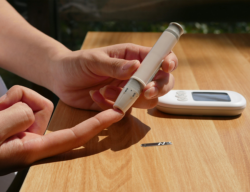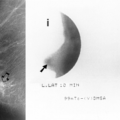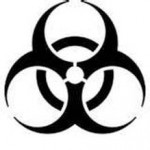In many ways, we assume males and females are the same, even though we know each sex has distinct and obvious differences in physiology and behavior. In the case of the stress, although the basic physiological response is comparable, the chemical reactions that the stress response elicits in males versus females are quite dissimilar. The divergent reactions are mediated by the varying concentrations of reproductive hormones that each sex is exposed to. Far beyond just controlling sex differentiation and reproduction, sex hormones like progesterone, estradiol and testosterone modulate brain and body chemistry quite significantly. The differences in the circulating concentrations of these hormones may account for the unequal prevalence rates of many diseases such as of depression, auto-immune disease, or migraine. These diseases are far more common in women than men.
Hormones also influence neurochemistry, and therefore, learning. In general, males and females learn quite differently from one another. Males tend to be better at spatial tasks while females tend to perform better at verbal tasks. Research suggests testosterone and estradiol may mediate those performance differences.
Estradiol affects learning under stress. When exposed to stressful conditions, male rodents learn certain classically conditioned tasks more rapidly than female rodents. However, when the female rodents’ ovaries are removed or estradiol is blocked by a drug like Tamoxifen, the difference between the two sexes is removed. That is, the female rodents acquire the conditioning as quickly and as effectively as the male rodents.
Even though, humans are far more complicated than rodents and the controlled stress and the scope of classical conditioning tasks in the lab are limited compared to the stress and learning that takes place in the real world, it is clear that sex matters, and thus by definition, sex hormones matter.
To read more about sex differences in neurochemistry:
The End of Sex as We Know It



































